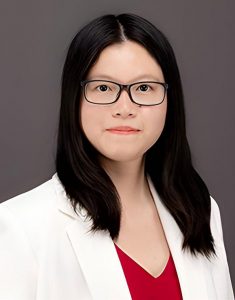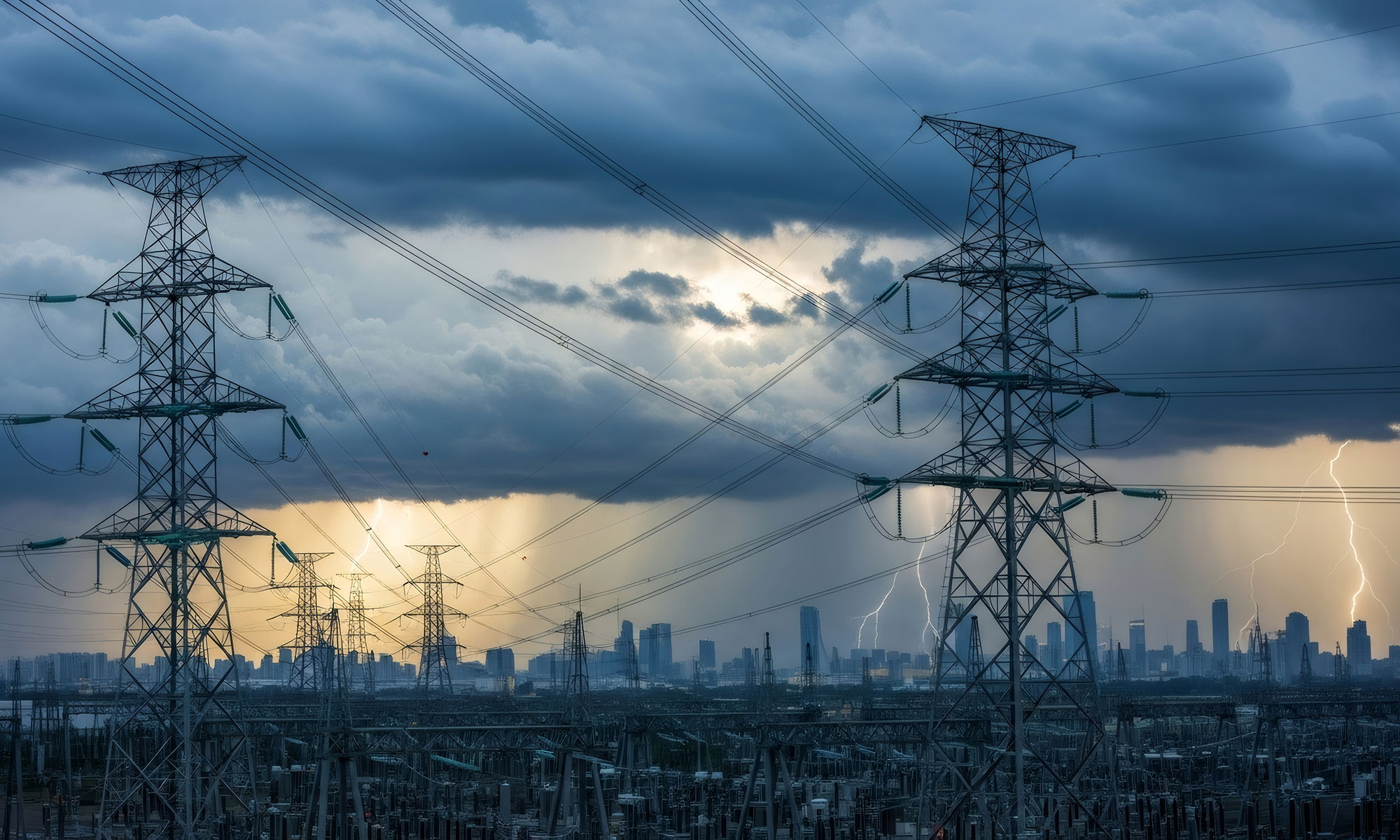
When it comes to powerful storms packing extreme winds, Gaby Ou, Ph.D., keeps her eyes on electrical transmission towers.
The National Science Foundation (NSF) recently honored the University of Florida assistant engineering professor with a prestigious Early CAREER Award to further investigate transmission tower collapses during storms. The goal is to find vulnerabilities through modeling and other research tools and, ultimately, improve safety and power grid resilience.
“We started looking at the transmission tower failures under extreme winds after Hurricane Irma. We first noticed the transmission system damage causing cascading power outages,” said Ou, a professor with the Engineering School of Sustainable Infrastructure and Environment (ESSIE).
Perhaps it is hard to imagine massive transmission towers — made of steel and/or cement — collapsing during storms. It is rare but real. In 2021, Hurricane Ida toppled a nearly 400-foot-tall tower in New Orleans. In 2017, Hurricane Harvey damaged more than 850 transmission structures, while 2015’s Typhoon Mujigae collapsed 80 towers in China.
The CAREER award will fund Ou’s research project called Progressive Collapse Analysis and Stochastic Wind Pattern Modeling for Transmission Tower-Line System Design.
“We will investigate, model, identify and validate the mechanisms and patterns of transmission tower collapse during hurricanes and tropical storms,” she said. “The current design practice does not consider the fact that our transmission towers fail through a progressive collapse mechanism.”
Translation: When part of a tower fails, it triggers other failures that lead to tower collapse. In her research, Ou will model fluctuating wind loads relevant to transmission tower progressive failure.
To do this, she will use the wind tunnel at UF’s NHERI Experimental Facility on UF’s East Campus in Gainesville.
“We will use the wind tunnel to validate our stochastic wind model,” she said. “By considering the progressive collapse mechanism during stochastic wind loads, we will improve the transmission design.”
Here is more about one of UF’s latest CAREER Award winners and her research:
How will this research translate to real-world applications?
As an outcome, we will improve the transmission design standards and industrial practices, therefore our power transmission infrastructure can better withstand high wind intensities. Ultimately, a robust power transmission infrastructure system will prevent large, spreading power outages under extreme weather conditions.
How did you become interested in this project?
We started looking at the transmission tower failure under extreme winds after Hurricane Irma. We first noticed the transmission system damage causing cascading power outages. With collaborative work, we developed a regional scale model to estimate power outages during hurricanes. We used wind-field data from NOAA (National Oceanic and Atmospheric Administration) and the National Hurricane Center to estimate transmission tower failure conditions, then fed the transmission line failure conditions to a power transmission system model for outage estimation.
During that work, we realized the uncertainties the transmission tower failure brings. This brought my attention to investigate this problem in more detail.
Where were you born and raised?
I was born and raised in northern part of China. I did my undergraduate work at the University of Sydney in Australia and came to the United States for graduate school.
What did you want to be growing up?
A writer.
How did you find your way to UF?
I was applying for faculty positions when one of my friends had a dream about me going to Florida. I actually had to go through UF jobs to see if there was an open position in our department, which there was.
What is your favorite part about UF/Gainesville?
I love our colleagues in the Structural Group and ESSIE. I am constantly inspired by them. I truly appreciate the culture within our group and the support I have received.
What do you like to do outside of work?
I have been playing piano since I was 7, and after 20 years, I resumed taking piano lessons together with my daughter. I love piano works in the classical music period — sonatas and concertos composed by Mozart or Beethoven.

